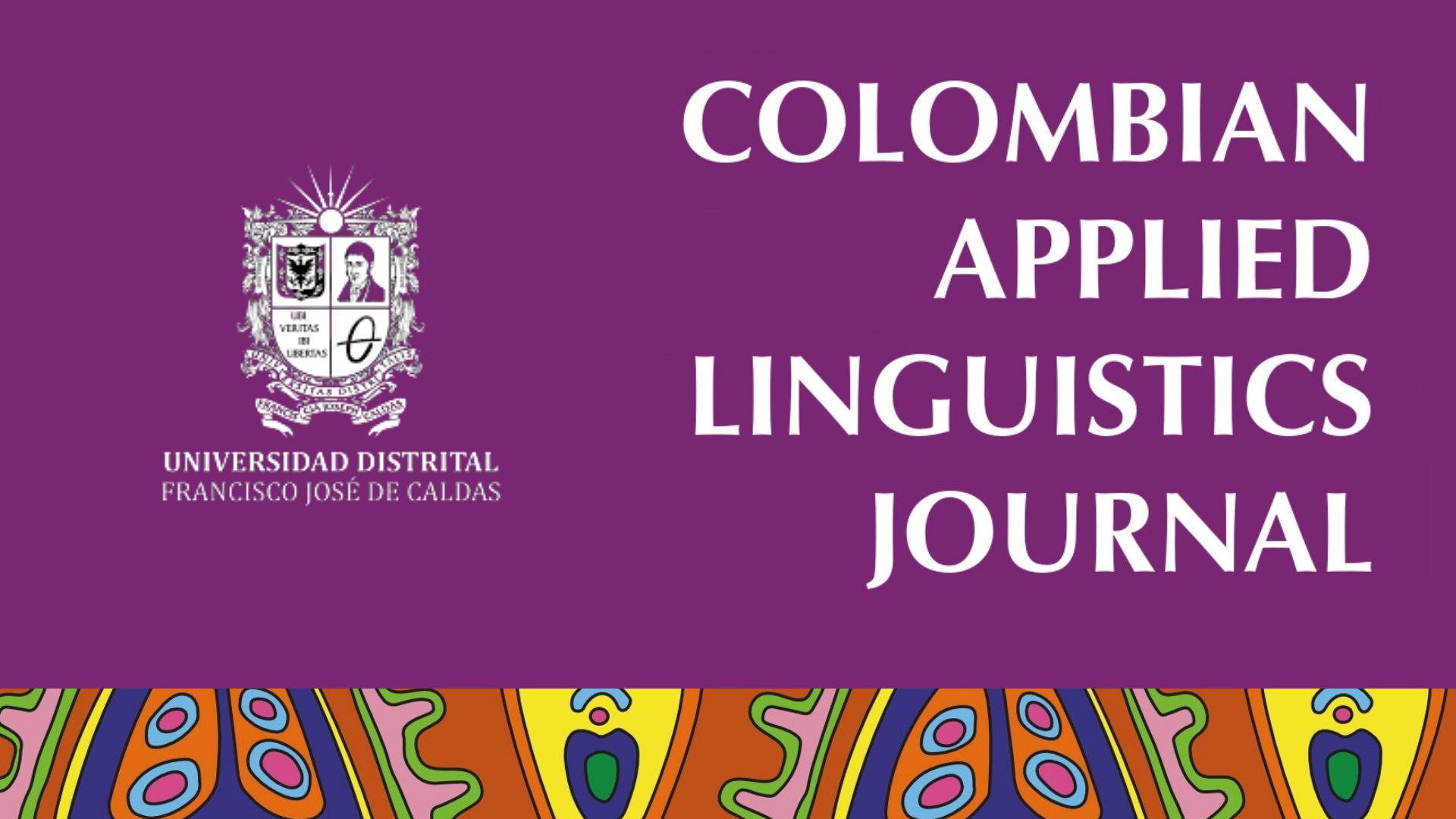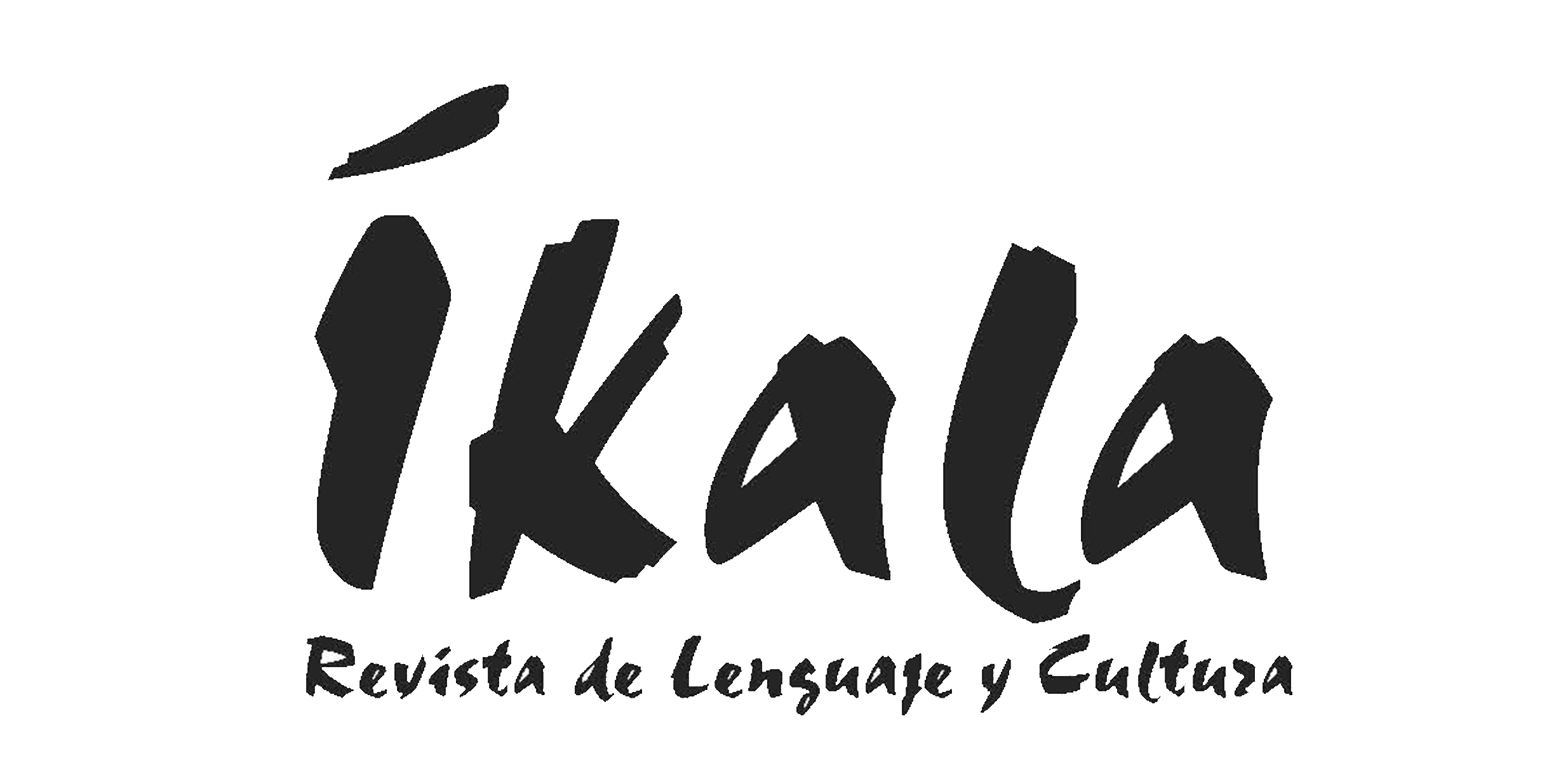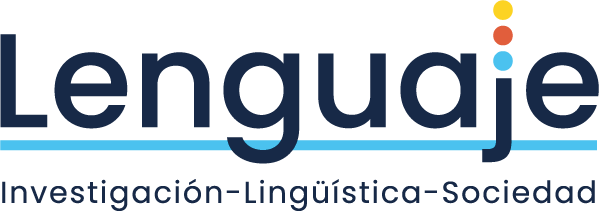Submissions
Submission Preparation Checklist
As part of the submission process, authors are required to check off their submission's compliance with all of the following items, and submissions may be returned to authors that do not adhere to these guidelines.-
The article has not been previously published nor has it been, nor will it be, submitted to another journal
-
Complete, sign and attach the Format of authorization and guarantee of first publication one author or Format of authorization and guarantee of first publication two or more authors as a "complementary file" during the online submission of your manuscript, please use the format correspondient. Without this document your manuscript will not be able to begin the evaluation process
-
The article contains a title in English and Spanish. It should not exceed 12 words
-
The subject area to which the article is assigned has been indicated ( # 2)
-
The text is 1.5 spaced; the font size is 12 points; italics rather than underlining (except with URL addresses); and all illustrations, figures and tables within the text in their proper place and not at the end.
-
The document has a summary in Spanish and English, and this does not exceed 250 words (#3). In addition, between three and seven keywords must be provided for each of the two languages. These can befound in the Unesco, http://vocabularies.unesco.org/browser/thesaurus/es/, and ITESO, http://quijote.biblio.iteso.mx/catia/tesauro/thes.aspx?term=Literature.
-
The article complies with the structure stipulated according to the document type (#2)
-
Figures (tables and graphs) must be presented according to the Image Guide and, additionally, in a separate file
-
The article indicates the corresponding acknowledgements (here it should be said who funds the research or if it was done as part of a research project of a specific academic programme)
-
The article is sent without any information from the author to ensure blind evaluation. This information must be duly filled in the OJS (ORCID, institutional affiliation of the author, last academic title, link to research groups and e-mail, preferably institutional, contact)
- In the list of references of the article you are submitting for, at least 30% belong to research or papers published within the last 4 years from the date of application.
Sections
-
Research Article
A document that details the original results of research projects. The processes from which they are derived are explicitly indicated in the document, as well as the name of their authors and their institutional affiliation. The structure generally used consists of introduction, methodology, results, conclusions, acknowledgements and bibliographical references.
The structure of a research article is as follows:
1. Introduction
2. Theoretical or conceptual framework
3. Methodology
4. Results and analysis
5. Conclusions
6. Acknowledgments: Information about the research project from which this article is derived, and the institutional filiation. Indicate the funding institution, if the research is financed. This information should not overpass one hundred (100) words.7. Bibliographic references.
Note: The extension of the research article is among six thousand (6000) and eight thousand (8000) words, including bibliographic references.
-
Reflections on Praxis
A document that correspond to the results of studies carried out by the author(s) on a theoretical or practical problem. They present research results from an analytical, interpretative or critical perspective of the author on a specific topic, using original sources.
The structure of a reflection article is as follows:
1. Introduction.
2. Theses and arguments.
3. Methodological perspective for the proposed reflection.
4. Conclusions.
5. Acknowledgments: Information about the research project from which the article is derived, and the institutional filiation. Indicate the funding institution and, the research is financed. This information should not overpass one hundred (100) words.
6. Bibliographic references.Note: The extension of the reflection article is among six thousand (6000) and eight thousand (8000) words, including bibliographic references.
-
Theoretical Discussion Papers
Studies carried out by the author(s) in order to give an overview of the state of a specific domain of science and technology, indicating the prospects for its development and future evolution. These articles are carried out by those who have managed to have an overall view of the domain and are characterized by an extensive bibliographic review of at least 50 references.
The structure of a review article is as follows:
1. Introduction: The problem is exposed, as well as objectives and central theoretical categories of analysis.
2. Methodology: Materials and methods used in the review process.
3. Analysis and discussion (interpretation process).
4. Conclusions: The concepts treated in the introduction and the results are linked together and analyzed.
5. Acknowledgments: Information about the research project from which the article is derived, and the institutional filiation. Indicate the funding institution, if the research is financed. This information should not overpass one hundred (100) words.
6. Bibliographic references. Review articles require minimum of fifty (50) references, both in the text body as well as in the references list.Note: The extension of the review article is among six thousand (6000) and eight thousand (8000) words, including bibliographic references.
-
Short Article
A brief document that preliminarily or partially presents original results of a scientific research study and generally requires prompt dissemination.
The general structure of a brief is as follows:
1. Introduction.
2. Theoretical or conceptual framework.
3. Methodology.
4. Results and analysis.
5. Conclusions.
6. Acknowledgments: Information about the research project from which the article is derived, and the institutional filiation. Indicate the funding institution, if the research is financed. This information should not overpass one hundred (100) words.
7. Bibliographic references.Note: The extension of a brief is among three thousand (3000) and four thousand (4000) words, including bibliographic references.
-
Report on educational cases in language fields
A document that presents the results of a study on a particular situation in order to disseminate the methodological and technical experiences used in a specific case. The report includes a systematic and commented literature review of similar cases.
The structure is as follows:
1. Introduction.
2. Experience foundation.
3. Experience description.
4. Experience systematization and analysis.
5. Conclusions.
6. Acknowledgments: Information about the research project from which the article is derived, and the institutional filiation. Indicate the funding institution, if the research is financed. This information should not overpass one hundred (100) words.
7. Bibliographic references.Note: The extension of a brief report is among three thousand (3000) and four thousand (4000) words, including bibliographic references.
Copyright Notice
Enunciación is an open-access publication with no financial charges for authors or readers. As of January 1, 2021, the contents of the journal are published under the terms of the Creative Commons Attribution-NonCommercial-ShareAlike 4.0 International License, under which others may distribute, remix, retouch, and create from the work with non-commercial purposes, as long as they give appropriate credit and license their new creations under the same conditions.
The copyright holder is the Enunciación journal. It retains all rights without restrictions, respecting the terms of the license with regard to consulting, downloading, and distributing the material.
When the work or any of its elements is in the public domain according to the applicable law in force, this situation will not be affected by the license.
We also encourage authors to deposit their contributions in other institutional and thematic repositories, in the certainty that culture and knowledge are a good of all and for all.
Privacy Statement
The names and email addresses given to Enunciación will be used exclusively for the stated purposes of this journal and will not be available for any other purpose or another person.








